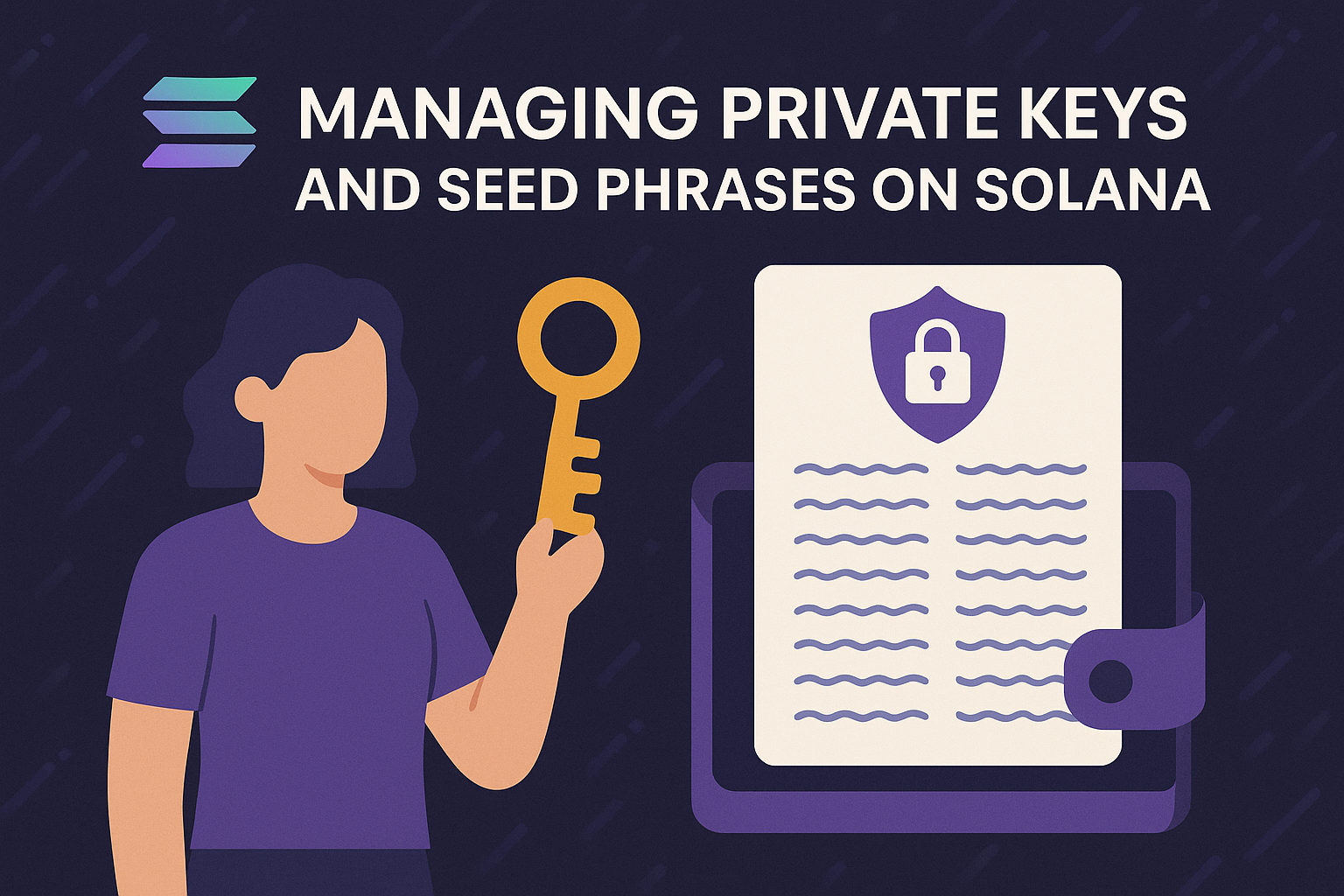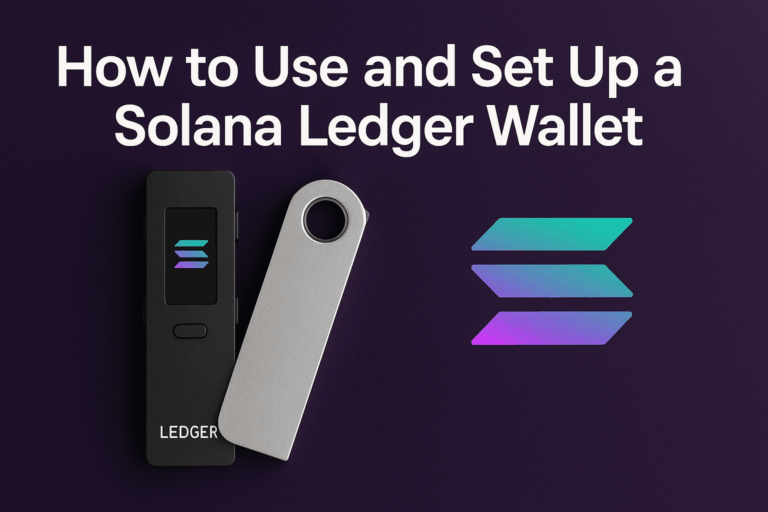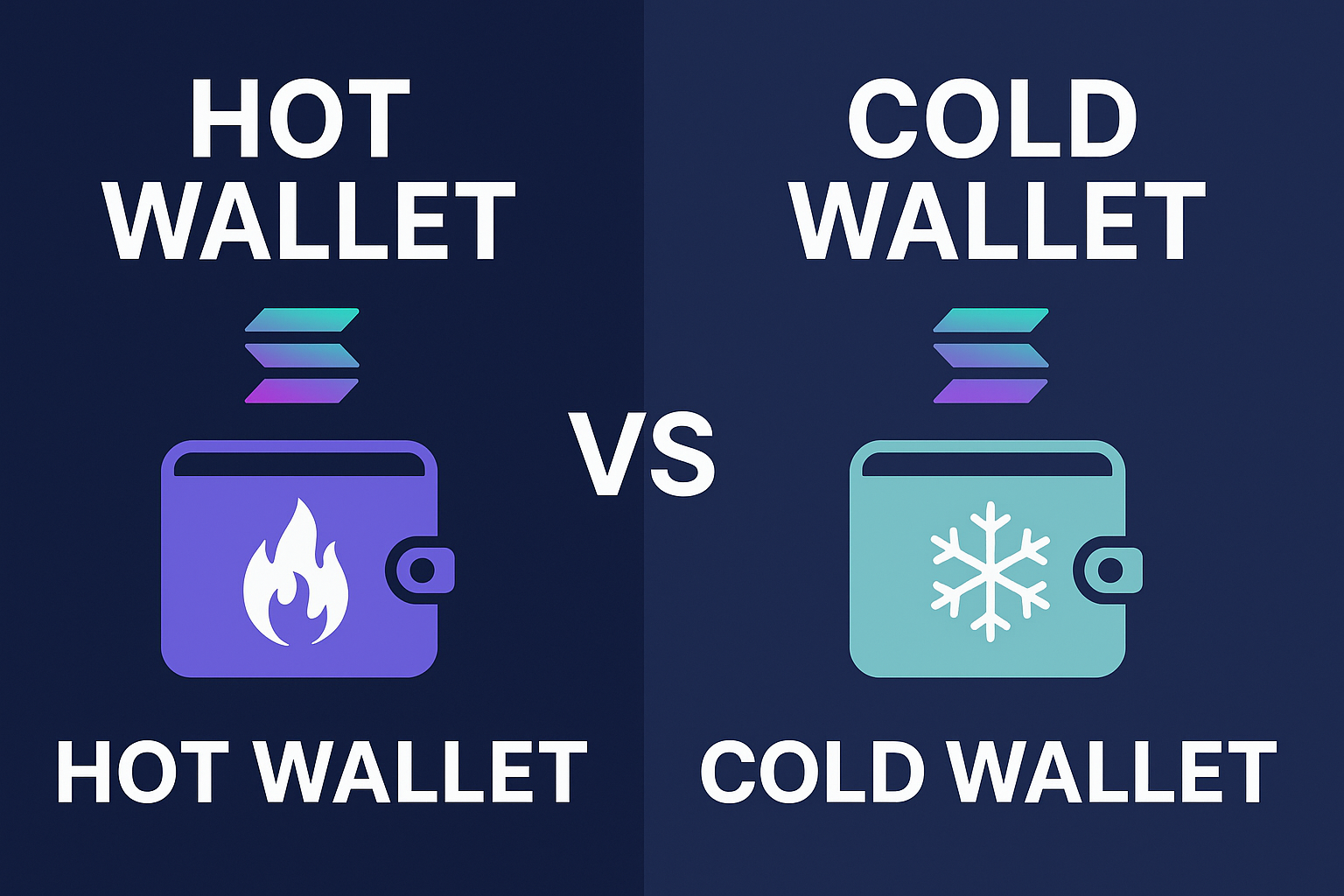Multi-Sig Wallet Guide on Solana
As blockchain technology matures, the demand for secure and flexible crypto custody solutions grows. One of the most trusted mechanisms for safeguarding digital assets is the multi-signature wallet (multi-sig). On the Solana blockchain, where speed and efficiency are unmatched, multi-sig wallets offer institutions, DAOs, and advanced users a reliable way to protect funds. This guide will walk you through everything you need to know about multi-sig wallets on Solana—from what they are to how to set them up and manage them effectively.
Table of Contents
What Is a Multi-Sig Wallet?
A multi-signature (multi-sig) wallet is a digital wallet that requires multiple private keys to authorize a transaction. Instead of a single individual having complete control, multiple parties must agree before funds can move. This improves both security and trust within groups managing shared assets.
- 1-of-1 wallet: A standard crypto wallet—only one key is needed.
- 2-of-3 wallet: Three parties have keys, but at least two must sign for a transaction.
- M-of-N setup: M signatures are required out of N total key holders.
Why Use Multi-Sig Wallets on Solana?
Solana’s high throughput and low transaction costs make it an ideal blockchain for multi-sig wallets. Here are the key benefits:
Enhanced Security
By requiring multiple approvals, the risk of a single compromised key leading to stolen funds is minimized.
Shared Custody
DAOs, companies, and partnerships can collectively manage assets with transparent governance and accountability.
Fraud Prevention
Multi-sig adds a safeguard against internal fraud, requiring collaboration before funds can be accessed.
Regulatory Compliance
For businesses, multi-sig structures support compliance by ensuring no single person can misuse company funds.
How Do Multi-Sig Wallets Work on Solana?
Unlike Ethereum, which uses smart contracts extensively, Solana’s multi-sig wallets often rely on specialized programs and protocols. These include:
- Serum Multisig: A widely used open-source program for managing Solana multi-sig wallets.
- Squads Protocol: A governance and multi-sig platform for Solana-native organizations.
- Realms DAO: Governance tooling with integrated multi-sig support.
Transaction Flow
- A transaction proposal is created by one member of the wallet.
- The proposal is shared with other signers.
- The required number of signers approve the transaction.
- Once the threshold is met, the transaction is executed on-chain.
Step-by-Step: Setting Up a Multi-Sig Wallet on Solana
Let’s go through a general process using a platform like Squads or Serum Multisig:
1. Choose a Multi-Sig Program
Select from available options such as Squads or Serum Multisig, depending on your governance needs.
2. Create a New Multi-Sig Wallet
- Initialize the wallet using the platform’s interface or CLI.
- Set the wallet name and define participants’ public keys.
3. Set the Signature Threshold
Decide how many signers are required to approve a transaction. Example: 3-of-5 setup.
4. Fund the Wallet
Transfer SOL or SPL tokens to the multi-sig wallet address. These assets will then be controlled by the signature rules.
5. Propose and Approve Transactions
Members can propose transfers, governance actions, or DeFi interactions. Once enough signers approve, the transaction executes.
Best Practices for Using Solana Multi-Sig Wallets
- Diversify Key Holders: Distribute private keys among trusted individuals or devices.
- Use Hardware Wallets: Store private keys securely to reduce phishing and malware risks.
- Document Governance Rules: Create clear policies for how proposals and approvals are managed.
- Test Small Transactions: Before transferring large funds, run small test transactions.
Multi-Sig vs. Other Security Solutions
| Feature | Multi-Sig Wallet | Hardware Wallet | Custodial Service |
|---|---|---|---|
| Control | Shared among signers | Single user | Third-party |
| Security | High (requires multiple approvals) | High (if device secure) | Medium (depends on provider) |
| Best For | DAOs, companies, joint accounts | Individual investors | Beginner-friendly users |
Challenges and Risks of Multi-Sig on Solana
- Complexity: Multi-sig wallets are harder to set up and manage than single-key wallets.
- Coordination: Delays can occur if signers are unavailable.
- Program Vulnerabilities: Bugs in smart contract logic could expose risks.
FAQ: Multi-Sig Wallets on Solana
Is a multi-sig wallet necessary for individuals?
Not always. Individual investors might prefer hardware wallets. Multi-sig is most useful for groups or high-value funds.
What happens if a signer loses their key?
If the wallet is set up with sufficient redundancy (e.g., 3-of-5), losing one key won’t lock funds. However, planning recovery strategies is essential.
Are multi-sig wallets supported by DeFi protocols on Solana?
Yes, many Solana DeFi platforms integrate with multi-sig wallets, especially through Squads and Serum.
Can multi-sig wallets hold NFTs?
Yes, multi-sig wallets on Solana can store SPL tokens, SOL, and NFTs just like standard wallets.
External Resources
Conclusion
Multi-sig wallets on Solana offer a powerful blend of security, transparency, and governance. They are especially valuable for DAOs, businesses, and communities that require shared control over funds. While they introduce some complexity, their ability to prevent single points of failure makes them a cornerstone of secure crypto asset management. If you manage group funds or run an organization on Solana, implementing a multi-sig wallet should be a top priority.
Take action today: explore Solana multi-sig solutions like Squads or Serum and start securing your digital assets with confidence.



Comments